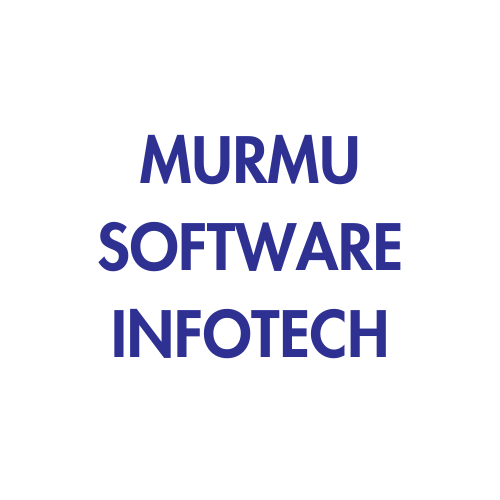Stock Management Software Developers: Essential Insights and Development Considerations
Efficient stock management is critical for businesses to optimize inventory levels, streamline operations, and meet customer demands effectively. For computer software developers specializing in stock management systems, understanding key elements, challenges, and best practices is essential for creating robust and scalable solutions.
Optimize Your Inventory Today!
This CTA encourages businesses to take action and explore how advanced stock management software can optimize their inventory operations, linking to a demo or trial sign-up page.
Key Elements of Stock Management Software Development
1. Inventory Tracking and Monitoring:
Stock management software includes robust inventory tracking capabilities to monitor stock levels, track item movements (inflows and outflows), and provide real-time inventory visibility across multiple locations. Features may include barcode scanning, RFID integration, and batch/lot tracking for accurate stock control.
2. Order and Supplier Management:
Effective stock management systems facilitate seamless order processing and supplier management. Features typically include automated purchase order generation, supplier performance tracking, and integration with suppliers’ systems for efficient supply chain management.
3. Warehouse Management:
Warehouse management functionalities optimize storage space utilization and streamline picking, packing, and shipping processes. Software may include warehouse layout optimization, inventory replenishment strategies, and integration with logistics and shipping carriers for smooth operations.
4. Reporting and Analytics:
Advanced reporting and analytics provide insights into inventory turnover rates, stock accuracy, reorder points, and forecasting trends. Data-driven analytics enable informed decision-making, cost reductions, and operational efficiencies.
Streamline Your Supply Chain!
This CTA invites visitors to discover solutions for efficient supply chain management through innovative stock management software, emphasizing features discussed in the article.
Development Insights
1. Scalability and Customization:
Stock management software should be scalable to accommodate business growth and customizable to meet specific industry or business requirements. Modular architecture facilitates adding new features and integrating with existing systems.
2. Integration with ERP and Accounting Systems:
Seamless integration with Enterprise Resource Planning (ERP) and accounting systems (like SAP, Oracle) ensures data synchronization and eliminates silos. APIs and middleware solutions enable bi-directional data flow for accurate financial reporting and decision support.
3. Security and Compliance:
Security measures such as data encryption, access controls, and audit trails are critical to protect sensitive inventory data. Compliance with industry regulations (such as GDPR or HIPAA) and standards (like ISO 27001) ensures data integrity and confidentiality.
4. User Interface (UI) and User Experience (UX):
Intuitive UI/UX design enhances user adoption and productivity. Features include role-based access, customizable dashboards, and mobile-friendly interfaces for real-time access to inventory information and operations management.
Enhance Efficiency with Our Stock Management Software!
This CTA focuses on improving operational efficiency with comprehensive stock management solutions, highlighting benefits such as real-time tracking, analytics, and integration capabilities.
Challenges and Considerations
1. Real-Time Data Synchronization:
Ensuring real-time synchronization of inventory data across distributed systems and locations is challenging but essential for accurate stock visibility and order fulfillment.
2. Inventory Optimization:
Balancing stock levels to meet demand without overstocking or understocking requires sophisticated algorithms and demand forecasting models. Continuous monitoring and adjustment of reorder points and safety stock levels are critical.
3. Technology and Infrastructure:
Choosing the right technology stack (such as cloud-based solutions for scalability) and infrastructure (like robust servers and data centers) are crucial for system performance, uptime, and disaster recovery.
Conclusion
Developing stock management software involves addressing complex inventory challenges, optimizing operations, and enhancing supply chain efficiencies. By focusing on key elements such as inventory tracking, order management, warehouse optimization, and integration capabilities, software developers can create tailored solutions that meet the evolving needs of businesses across industries.
Whether embarking on a new project or enhancing existing stock management software, staying abreast of technological advancements and industry trends will drive innovation and success in stock management software development.
Would you like more details on any specific aspect of stock management software development?

